
This Quaker milk station in Barcelona was one of 16 set up to serve refugees and provide for children’s health during the Spanish Civil War.
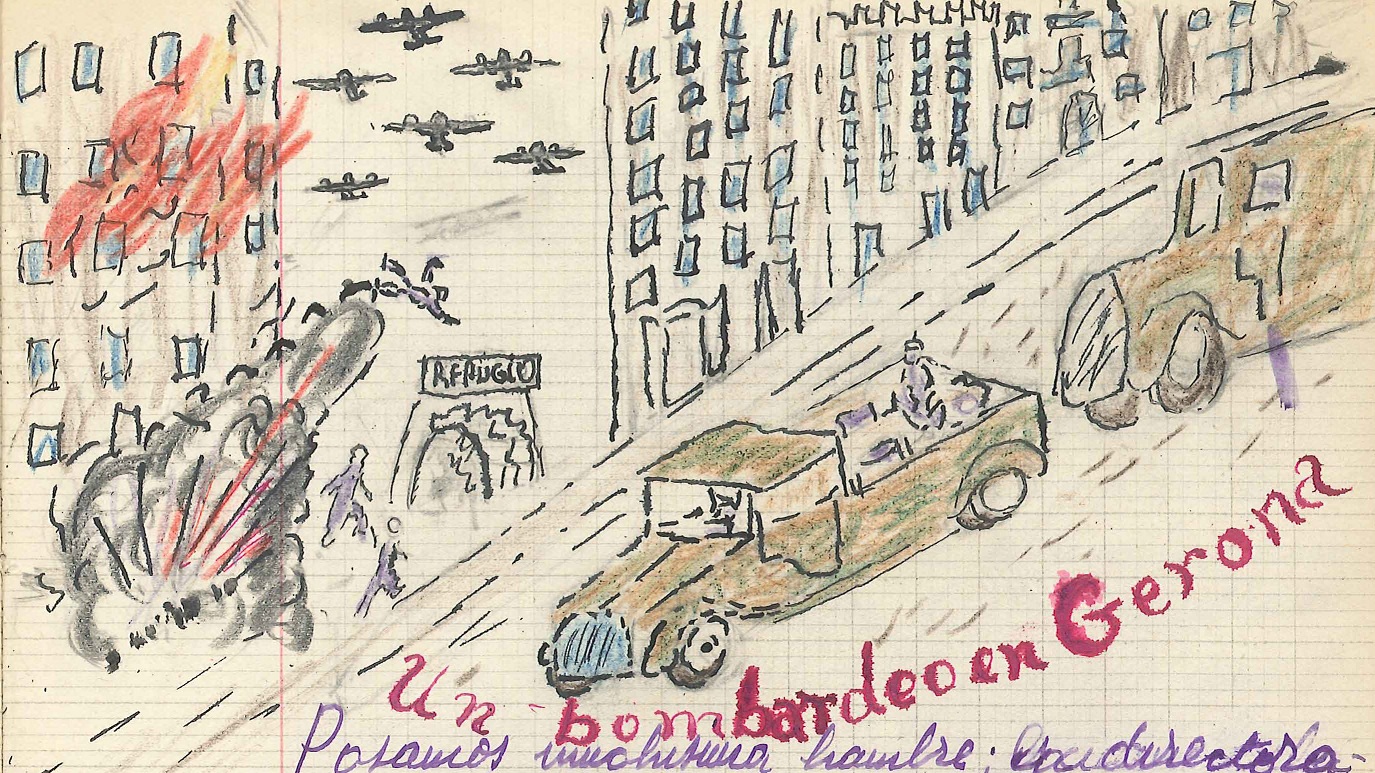
Manuel Izquierdo fled Spain at age 14 and ended up at La Rouviere Quaker children’s colony, where he drew his diary. He lived to become a prominent artist in Portland, Oregon.
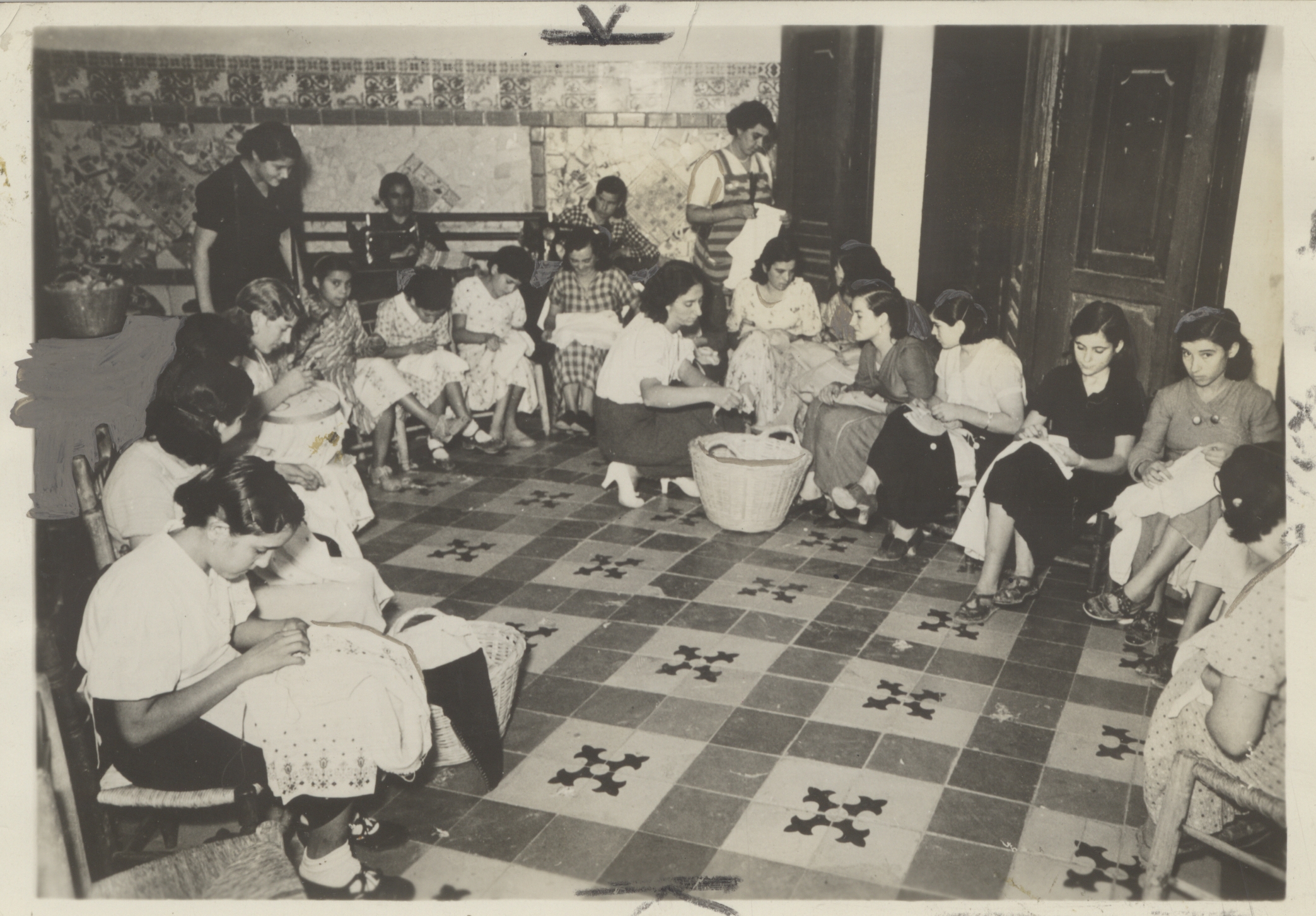
Sewing classes gave refugee women a way to support themselves and their families in a new life.
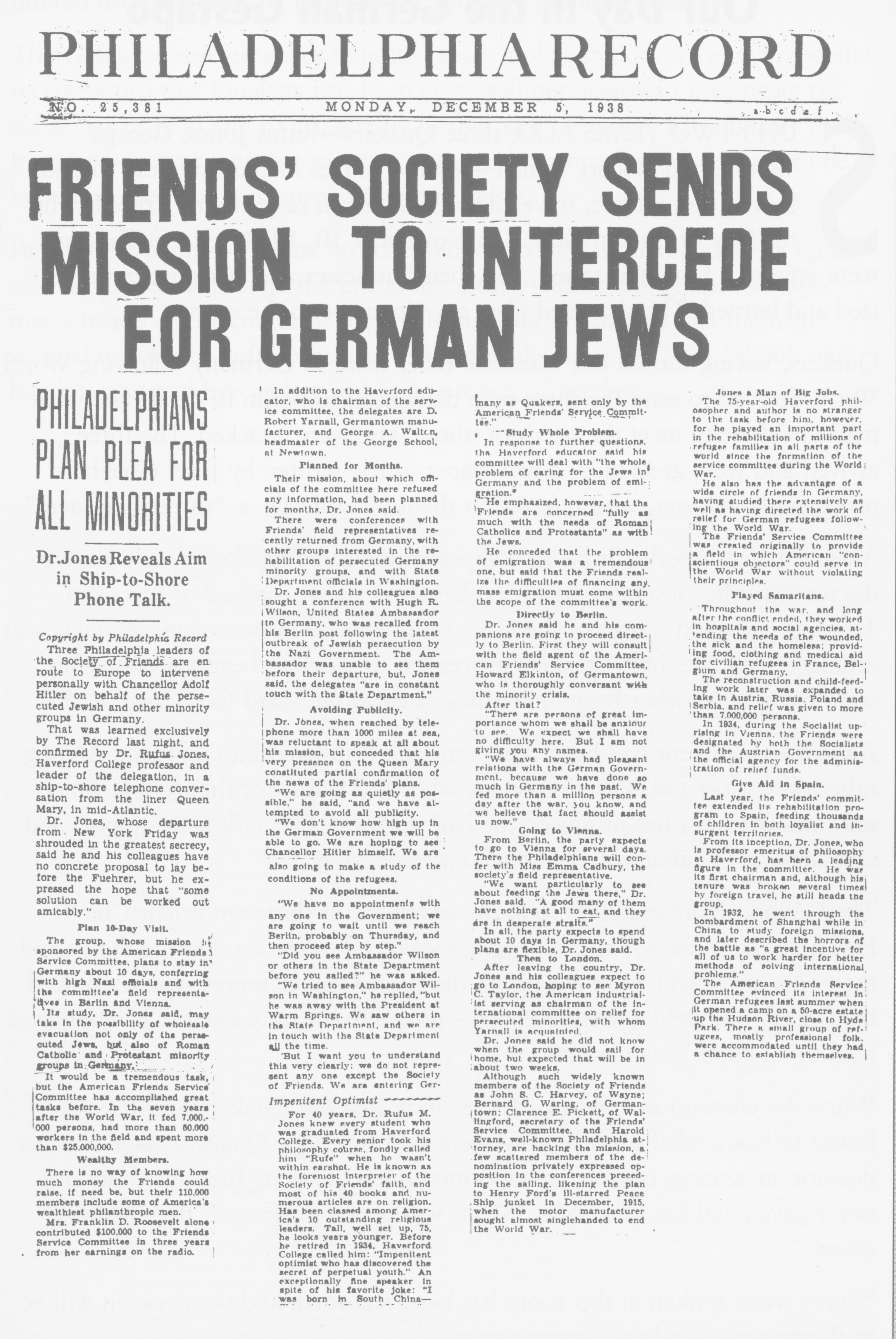
In 1938, a team from AFSC traveled to Germany to negotiate the delivery of urgent relief to the Jewish population and the release of as many Jews as possible. Once war broke out, the Nazi authorities ignored their promises.
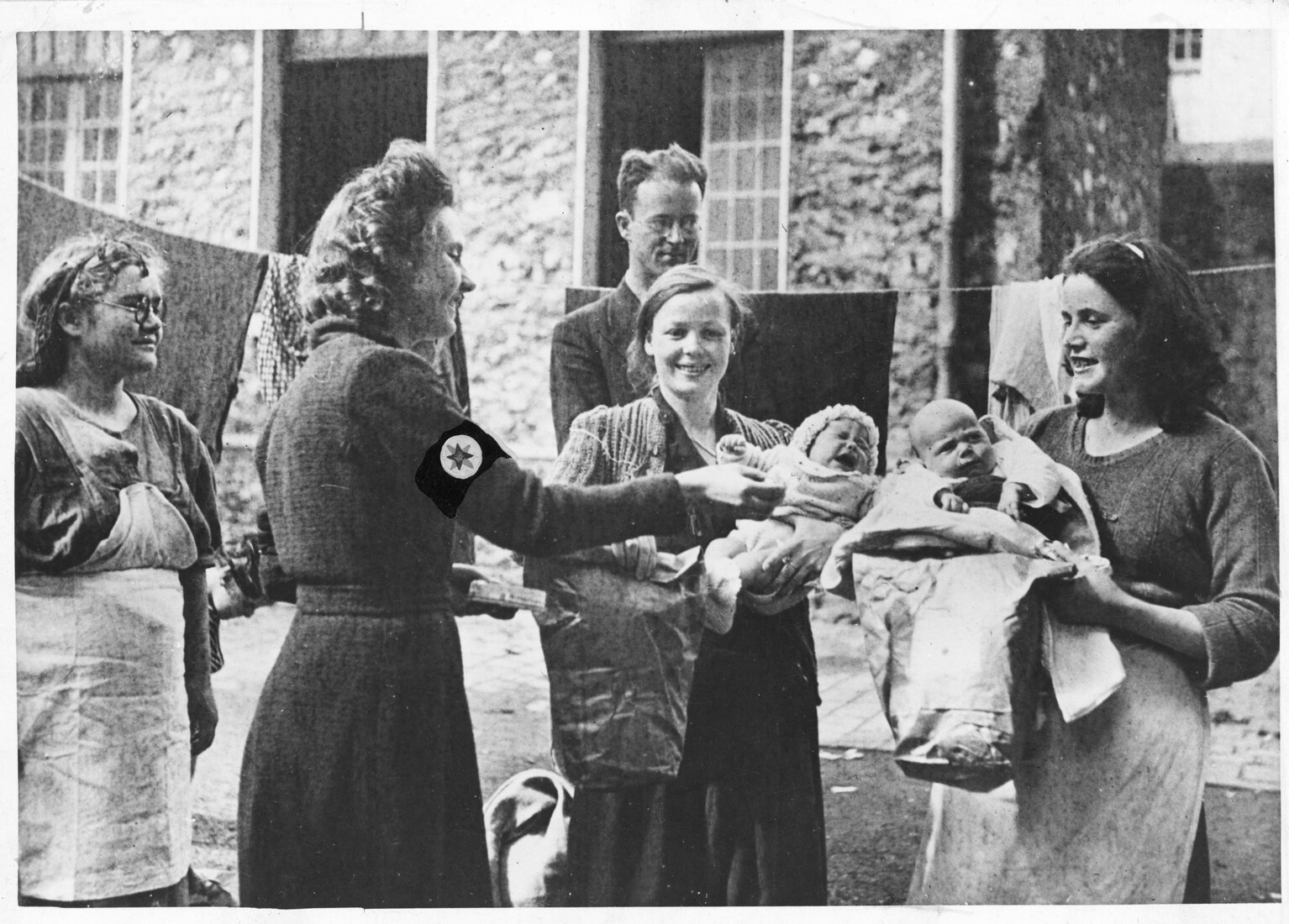
As war overtook Europe, AFSC continued to manage the children’s colonies in southern France, taking in Jews and others fleeing the Nazis.
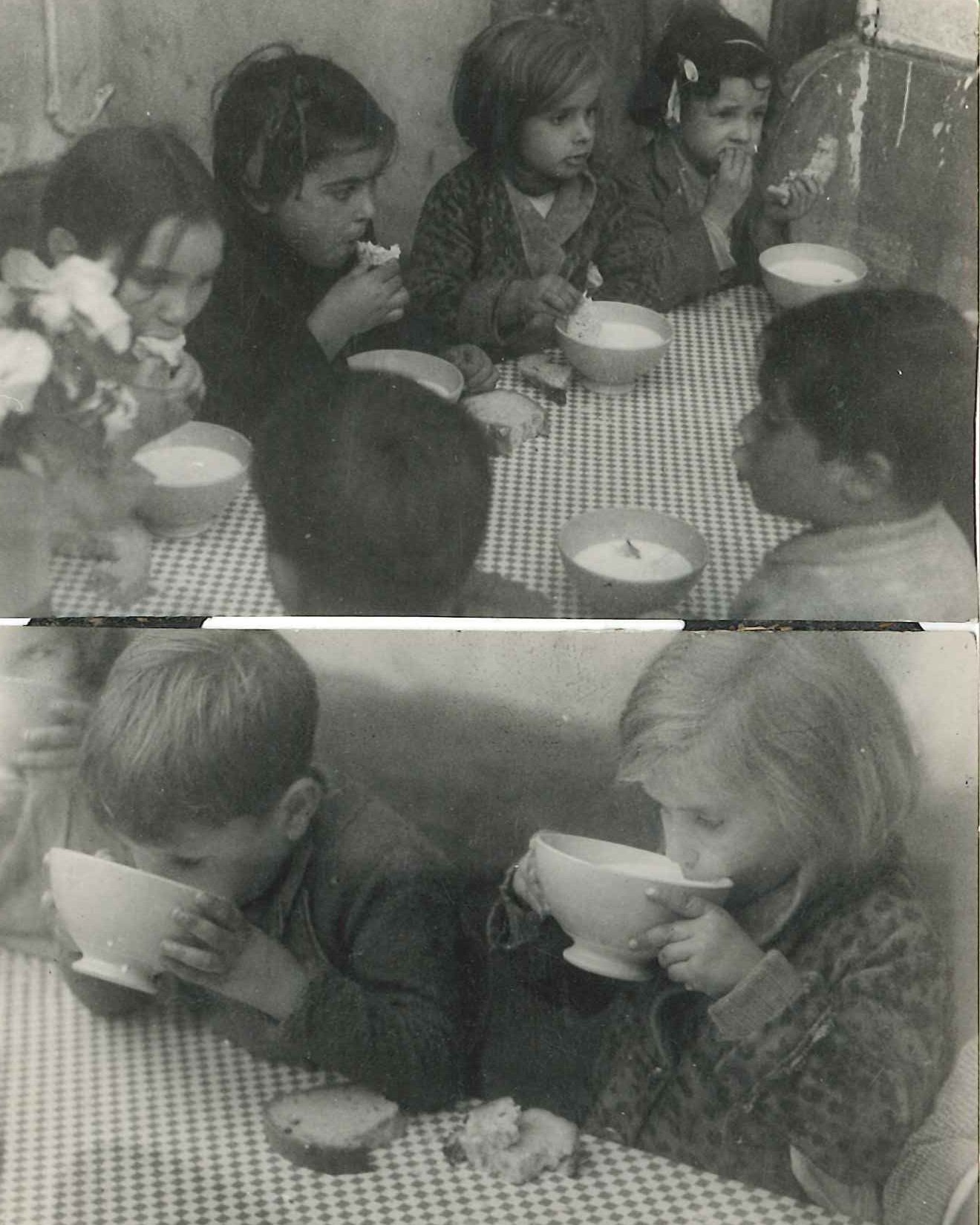
The colonies became havens for the most vulnerable children from the refugee camps—those who were alone or especially sick or frail.

A 1941 report stated that “Les Quakres Americains” were feeding 7,200 adult refugees and 800 children daily in camps and hospitals.
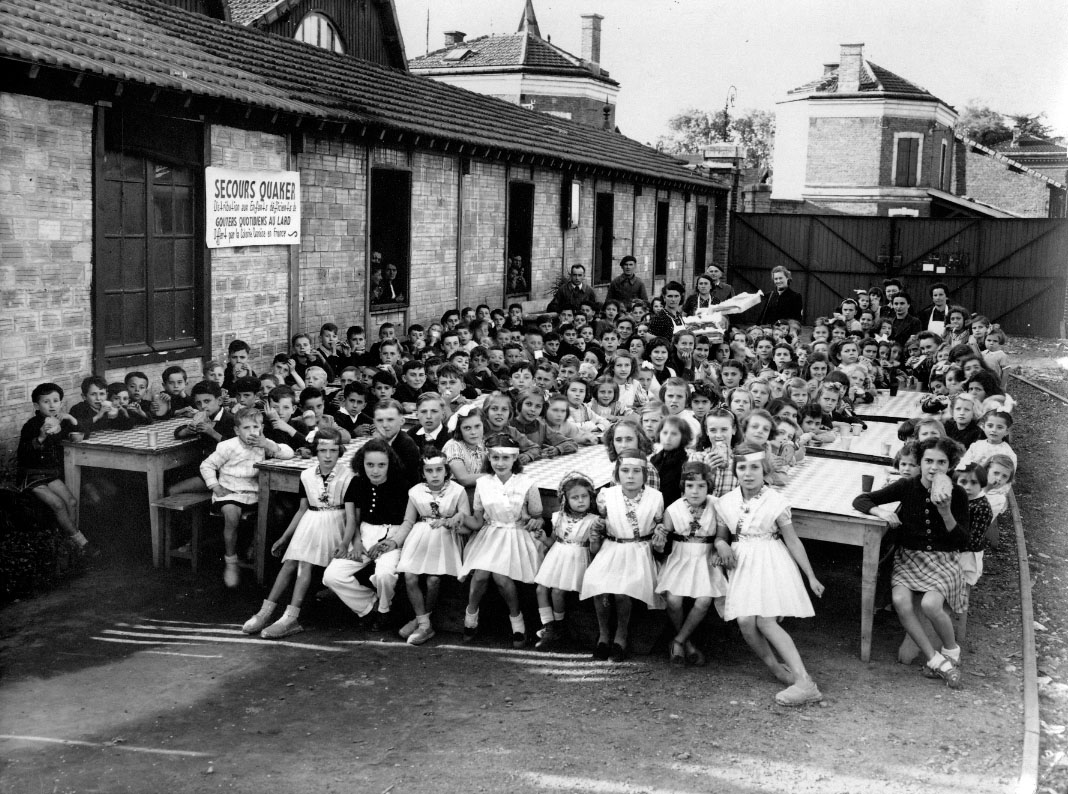
While providing medical support to prisoners at Gurs internment camp, Norwegian nurse Alice Resch Synnestvedt managed to smuggle buses filled with Jewish children to her Quaker colleague Mary Elmes in a nearby town.
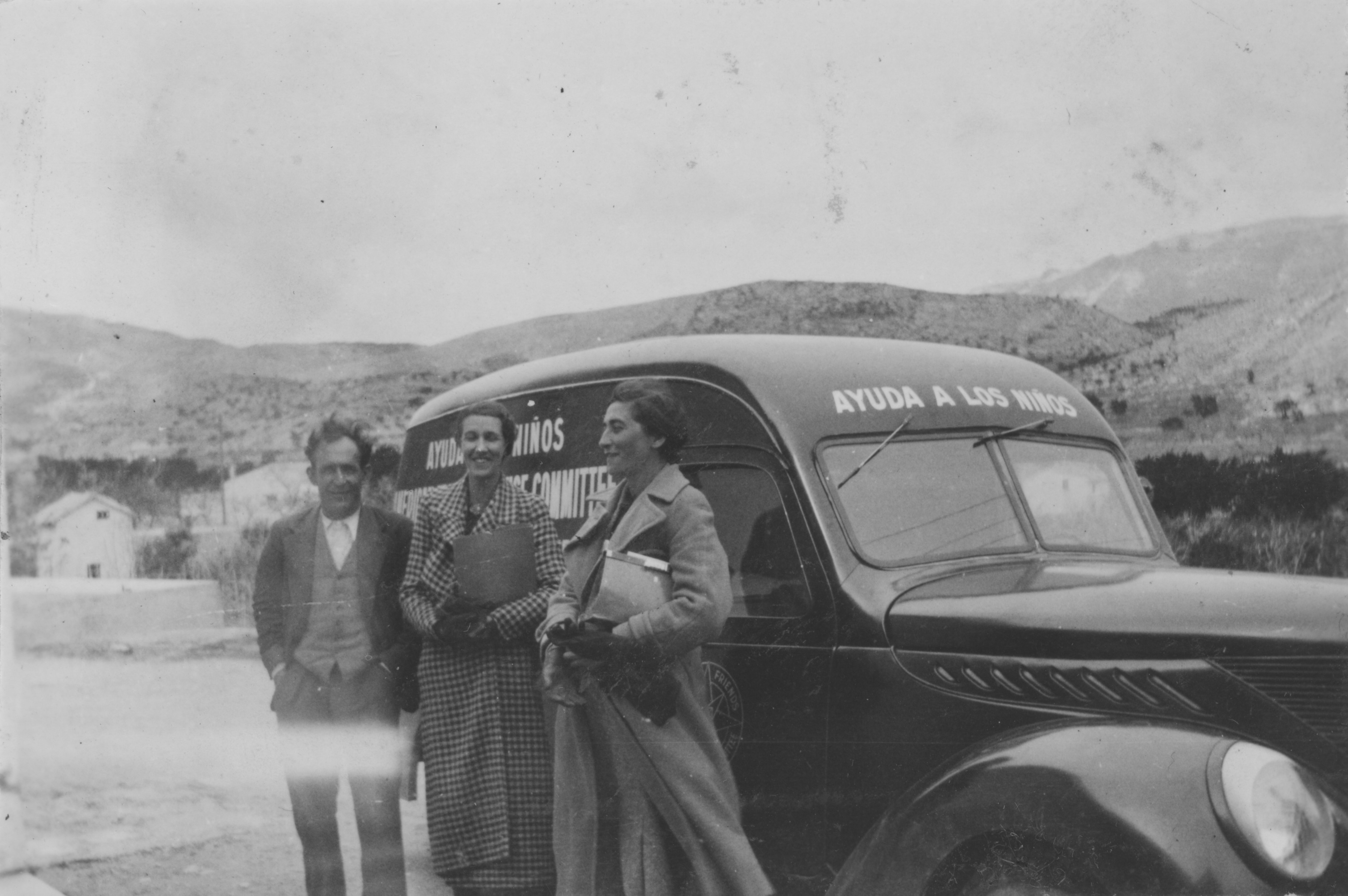
Mary Elmes (right) would gather or create papers needed for the children’s evacuation to safety in the United States.
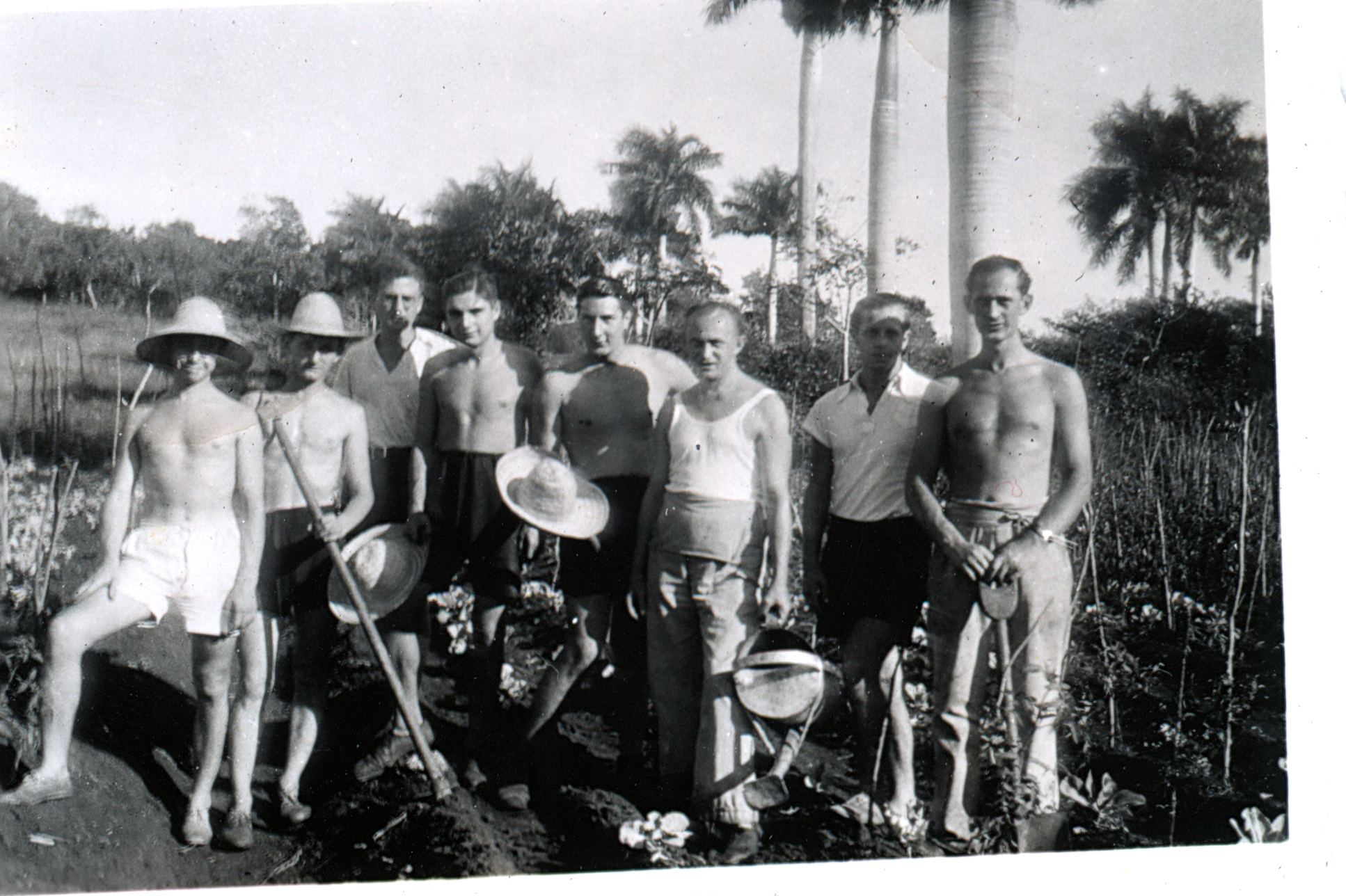
AFSC established several hostels for displaced Europeans in the U.S. and Latin America, including the Finca Paso Seco Hostel in Cuba.
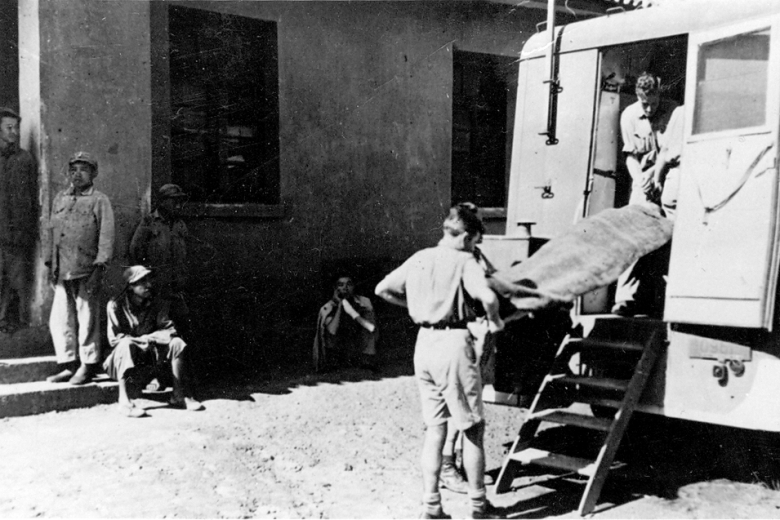
The Friends Ambulance Unit, staffed chiefly by conscientious objectors, served throughout Europe, as well as China, India, and Greece. This mobile surgery operated in Pao-shan Yunnan, China in 1946.

AFSC continued our commitment to victims of war even after hostilities ended. These German children welcomed the Quaker truck that brought them milk.
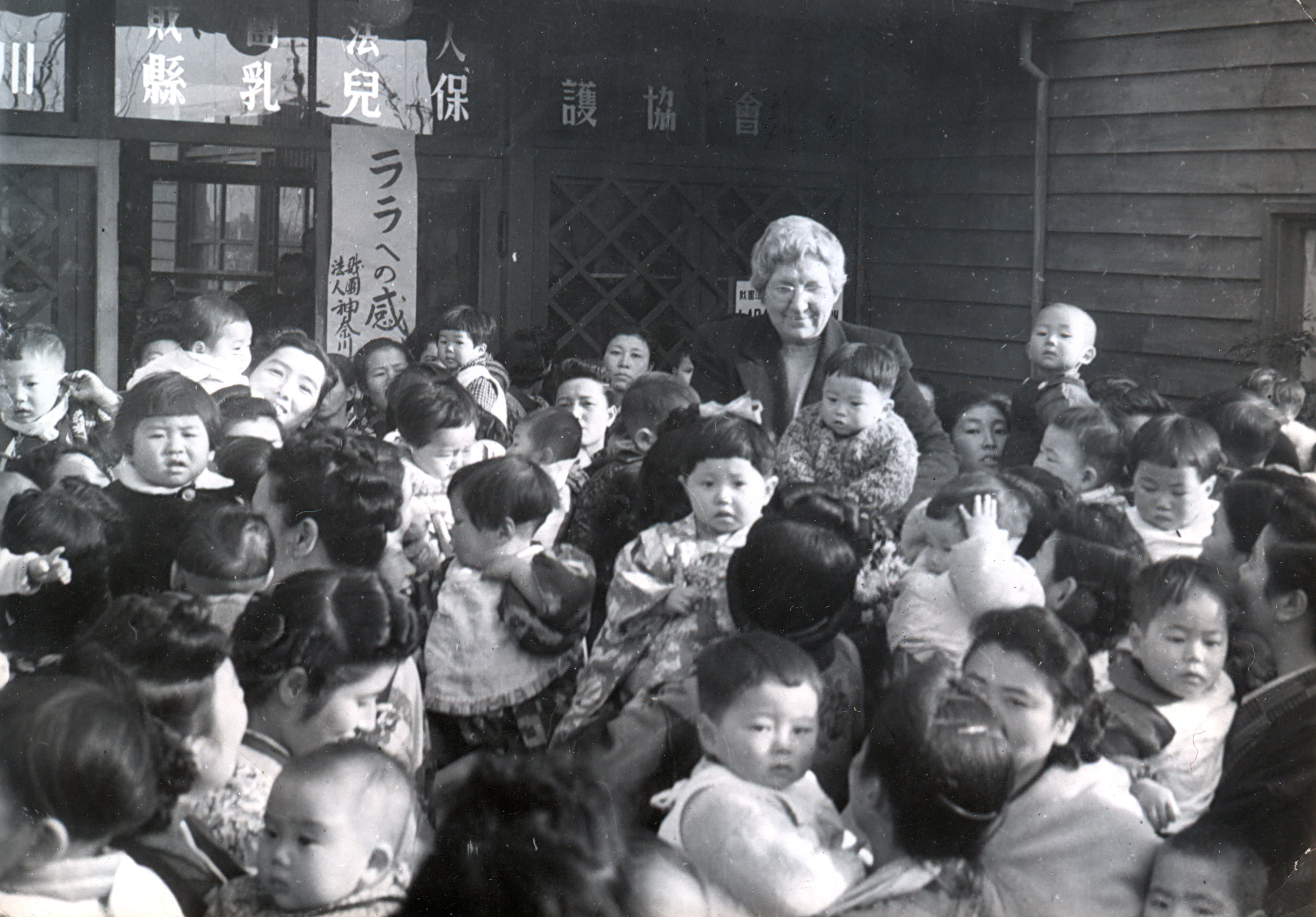
AFSC staffer Esther Rhoads distributes milk to children in post-war Japan.
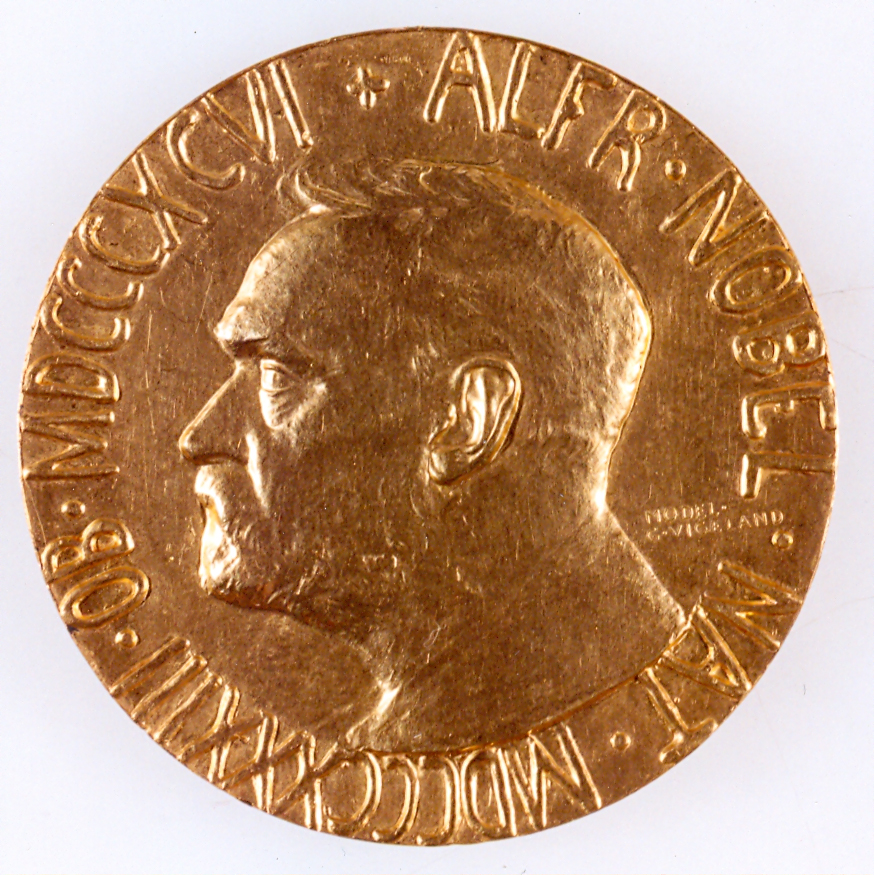
In 1947, AFSC and British Friends Service Council accepted the Nobel Peace Prize on behalf of Quakers worldwide for efforts to heal rifts and oppose war. The prize emphasized work during and after both world wars to feed starving children and help Europe rebuild itself.
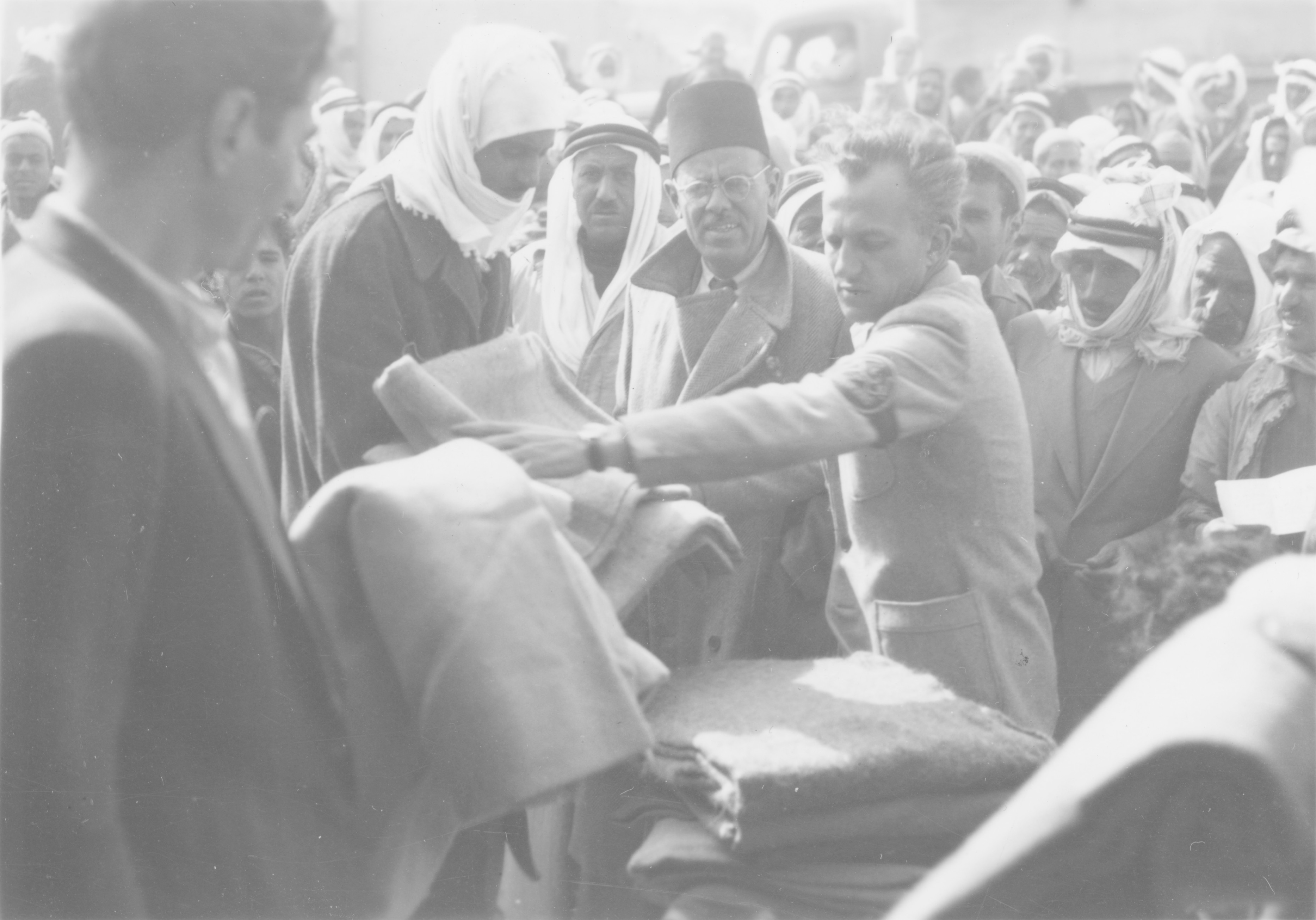
When the British Mandate over Palestine ended in 1948, the ensuing war left hundreds of thousands of Palestinians as refugees in Gaza. AFSC took an active role in their well-being.
During the Spanish Civil War, AFSC joined British Quakers in feeding displaced children on both sides of the conflict. After Franco’s victory, the relief moved to the south of France, where Spanish refugees were soon joined by many others fleeing the Nazis. AFSC staff worked to assist people in these refugee camps and to secretly transport children to safety. Numerous “hostels” were created across Europe, in the U.S., and in Cuba to provide safe haven for tens of thousands of Jews.
The Friends Ambulance Unit worked to save lives across Europe and in China. They also organized medical care for people trapped inside transit, forced labor, and refugee camps.
According to the committee that awarded the Nobel Peace Prize to AFSC in 1947: “The end of World War II brought a burst of AFSC effort, with Quakers engaged in relief and reconstruction in many of the countries of Europe, as well as in India, China, and Japan. In 1947, the Service Committee helped to resettle refugees who had lost their homes as a result of communal rioting over the partition of India; and in 1948, Quaker workers undertook a program of relief for Arab refugees on the Gaza Strip.